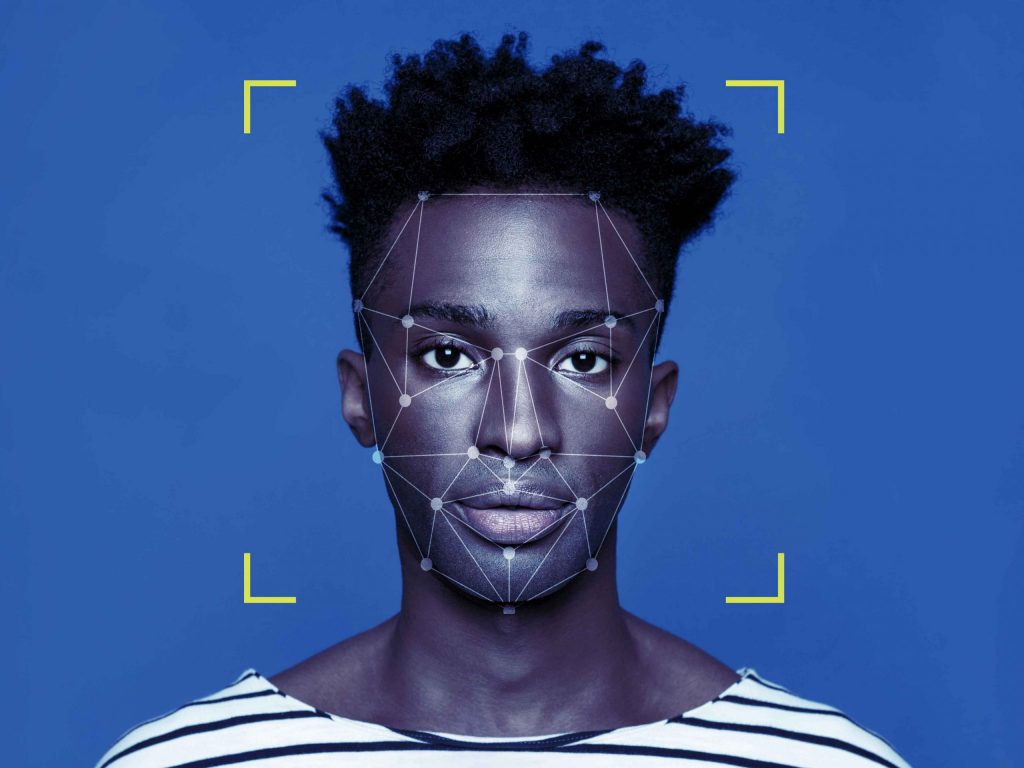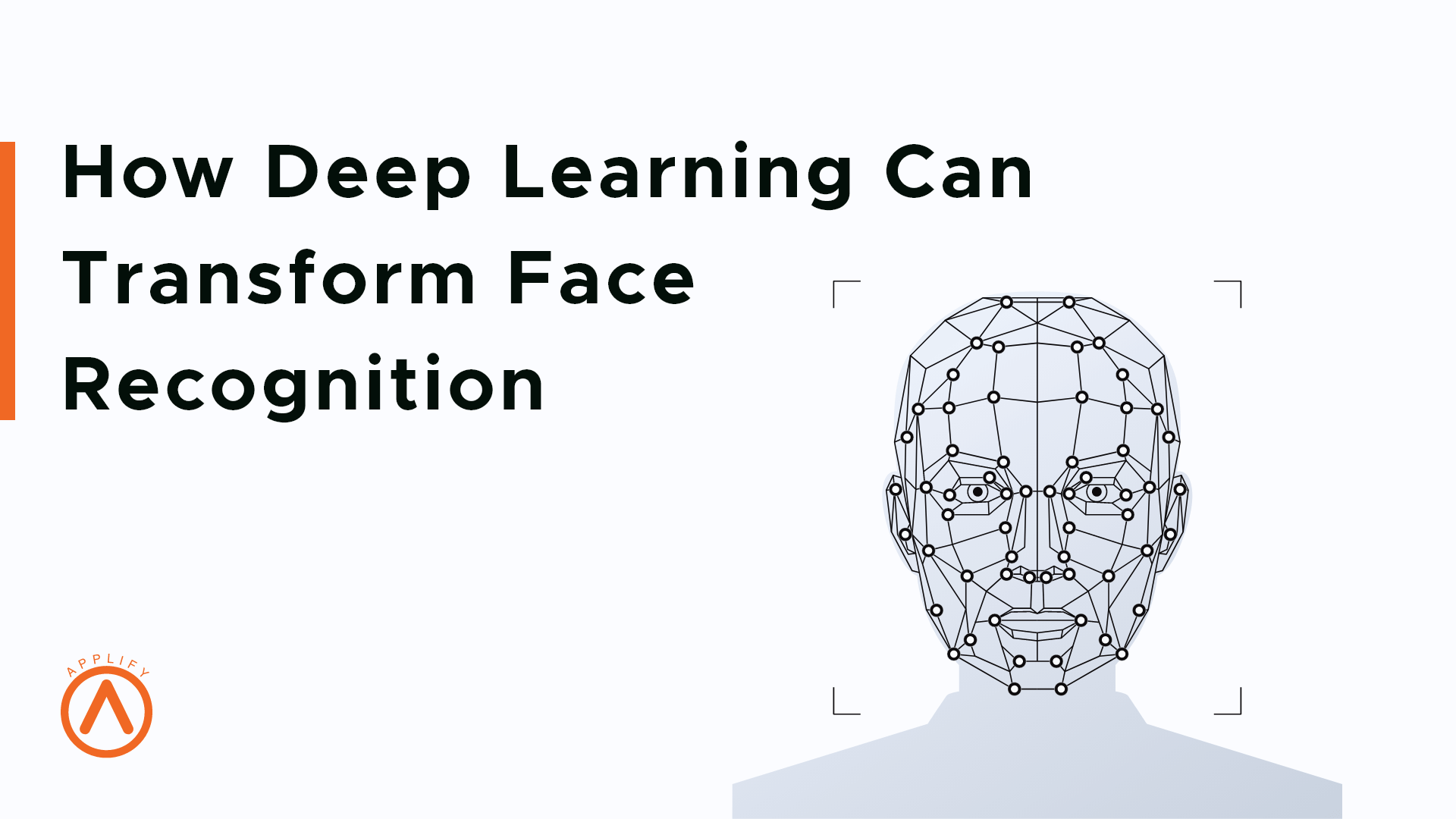Today security is an important aspect of any technology. In fact, by 2024, the worldwide market size for information security is expected to reach almost $175 billion. For this security, biometrics is gaining popularity at a fast pace. This is a simple technology that uses signature, fingerprint, speech, iris, face, and hand geometry recognition to help you log into any app or account. In this article, we will discuss facial emotion recognition using deep learning.
However, out of all these, face recognition technology is considered the most convenient and coherent technique as it does not really ask for any active cooperation of the user. It works on the simple algorithm of verification, capture, identification, and result. And although recognizing an extensive database of images can have its own challenges, this technology can be deemed as a reliable form of security.
According to statists, the facial recognition market was estimated at roughly five billion U.S. dollars in 2021. The market is projected to grow, reading 12.67 billion U.S. dollars by 2028.
Face recognition is a mode of identification in several domains such as driving license systems, passport authentication, mobile platforms, and other surveillance & monitoring operations. But when combined with deep learning, this technology can be much more reliable and robust.
Facial Emotion Recognition Using Deep Learning
Face recognition has been around for quite some time now. Today, with the digital transformation, and development of technologies like Artificial Intelligence (AI), Machine Learning (ML), and the Internet of Things (IoT), face recognition has reached new heights of development.
Deep learning is an important step for facial recognition as it learns through an Artificial Neural Network and hence is more human-like. In facial recognition, an individual is digitally detected and verified within a database.
When combined with deep learning this process becomes more and more accurate. It works more like a human brain. So when this deep learning algorithm gains experience with time, it can lead to much more accurate and real-time responses in the future.
How does it Work?
The faceprint data or the image of the face is stored in the system database. The facial recognition system then compares your facial traits to that data using deep learning algorithms. The main aspects of deep learning for facial recognition include:
- detection of facial features
- face alignment
- mathematical structure embedding
- face classification and recognition
4 Main Deep Learning Systems For Facial Emotion Recognition

Following are 4 main deep learning systems used for a better facial recognition experience.
1. DeepFace
It was created by Facebook and is a deep-learning facial recognition system that works on deep convolutional neural networks. DeepFace is said to be reportedly 97.35% accurate.
2. DeepID
It stands for Deeply hidden IDentity features. It was one of the first models of deep learning for facial recognition.
3. VGGFace
VGGFace was developed by the members of the Visual Geometry Group (VGG) at the University of Oxford. It is a series of models developed for face recognition and demonstrated on benchmark computer vision datasets.
4. FaceNet
This system uses a triplet loss function in order to learn score vectors. This leads to better feature extraction and hence accurate identity verification.
Conclusion
The future of facial recognition holds several new deep-learning models. With big organizations such as Facebook investing in facial recognition, we can only expect this technology to get much more accurate with time.
Do you want to develop a mobile app integrated with facial recognition? Our digital product development company can help you turn your ideas into an eye-catching reality.









